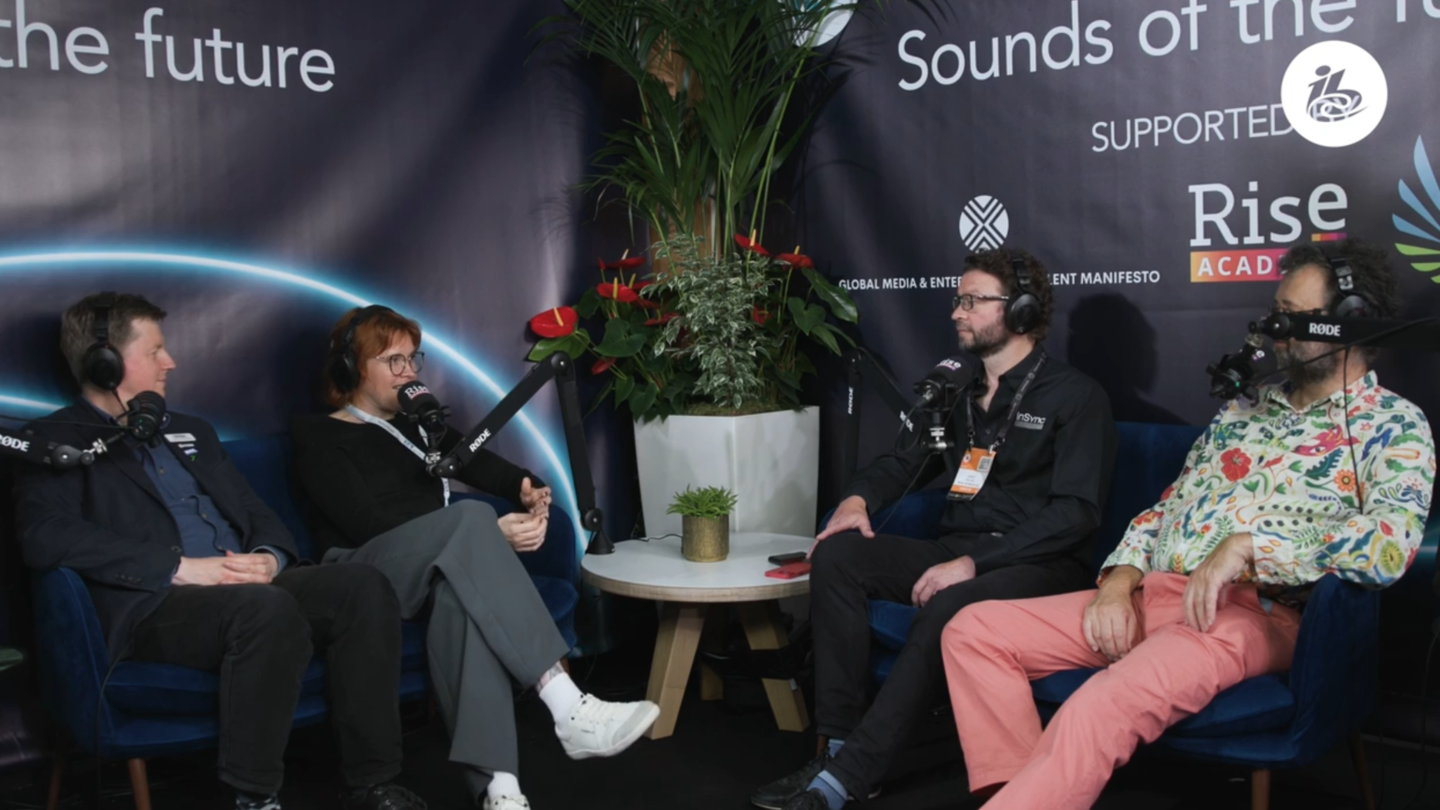The Gallery Agnostic Live Media Production project is one of the eight Challenges in the 2023 cohort for IBC’s Accelerator Media Innovation Programme. The project is championed by ITN, YLE, BBC, TV2, and TRANSMIXR, and the participants are Tinkerlist, Singular.live, Techex, Grass Valley and ZIXI.
The Challenge
The specific challenge as stated on the project site is:
Making live television and content should be more gallery and device agnostic, which will help the broadcasting adapt to budgets, technical possibilities and a variety of circumstances, like a sudden change in venue or location.
Important is the ability for producers & editors to control a variety of devices, tech stacks, … from one common interface. This will allow for easy adaption to venue-changes, OB-truck interface and help producers to adapt to different budgets, types of shows etc…
You are not signed in
Only registered users can read the rest of this article.

Poacher turned gamekeeper: Netflix rules, for now
Netflix raids Hollywood to land a giant of old media, but having offered billions over the odds for ageing IP, would a smarter play have involved the creator economy?

Truth in the age of deepfakes: Building trust in the human-machine era
As deepfakes become prevalent throughout the media industry, experts at the BBC, Guardian, and ITN wrestle with the implications of today’s unprecedented levels of disinformation and distrust.

Rory Peck Awards: Truth has never needed its defenders more
This year’s Rory Peck Awards was an affirmation that press freedom is in severe danger, that it has become a vicious fight to sustain that facts matter. George Jarrett reports.

Camerimage: “The time to be afraid of AI was two years ago”
The festival of cinematography remains political with the rise of AI and gender equality bubbling beneath the surface.
.jpg)
Content Everywhere: Disruptive forces in 2025, from AI to ROI and SGAI
Looking back over 2025 to date, it’s clear that AI continues to widen its role in the Content Everywhere ecosystem, and many companies are becoming more discerning about how and where the technology should be applied to streaming and video technology. Clearly, there is still much more to come, and much more to learn, but what have recent developments taught the industry to date?




